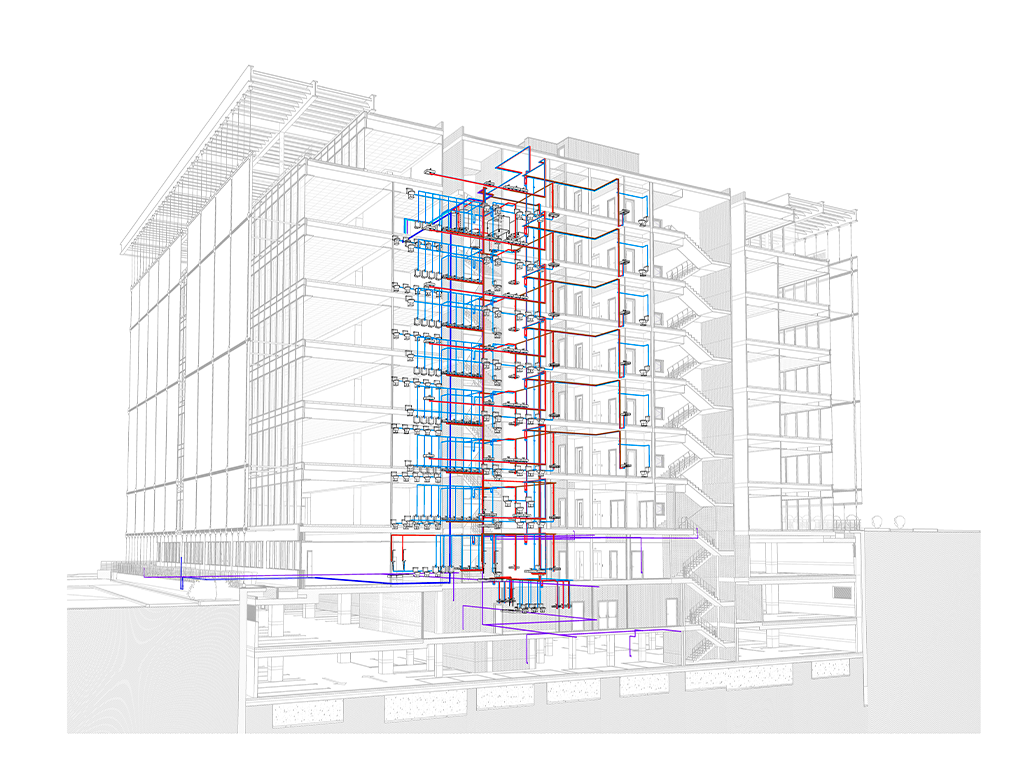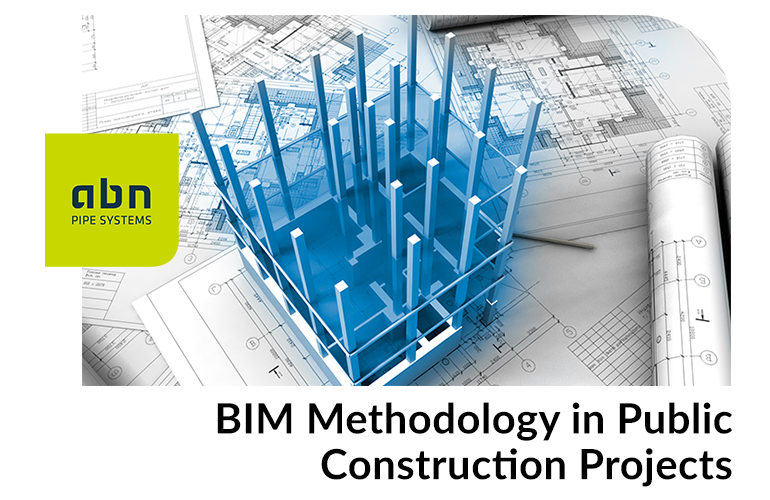The BIM methodology has emerged as a revolution in the public works industry, primarily transforming the way infrastructure projects are planned, designed, and executed.
Through comprehensive digitization of information and real-time collaboration among all involved parties, BIM promotes increased transparency, precision, and control throughout the lifecycle of construction, among other advantages.
In this regard, apart from reducing risks and costs associated with design and construction errors, BIM also enables better maintenance and asset management once the project is completed. This translates into significant long-term savings of public resources and an enhancement in the quality of government infrastructure.
Therefore, the Spanish government approved the BIM in Public Procurement Plan in July. This tool contributes to the objectives set by various strategic instruments related to global, European, and national ecological and digital transition, such as 2030 Agenda, the European Green Deal or the National Circular Economy Strategyamong others. It aligns with the policy of promoting innovation through strategic public procurement, driven by the European Commission, as well as with the National Public Procurement Strategy.
What Value Does the Implementation of BIM Provide?
The BIM in Public Procurement Plan establishes a gradual and progressive adoption of this methodology in various public contracts of the General State Administration (AGE) and the state public sector related to construction.
Its implementation in public procurement serves the following objectives:
- Enhances the efficiency of public spending in contracts related to the public sector, reducing timelines and costs in the execution of public sector contracts and improving productivity. In this case, potential savings from the use of BIM have been quantified by the EU BIM Task Group in the «Manual for the Introduction of BIM Methodology by the European Public Sector» estimating that the digitization of engineering, construction, and operation processes could result in savings ranging from 10% to 20% of construction expenditures for building and infrastructure projects.
- Acts as a catalyst for the digital transformation of the construction sector due to its strategic orientation towards innovation. BIM methodology is considered among the primary digitalization technologies in the construction sector, as stated in the «Digitalisation in the Construction Sector, Analytical Report», along with the use of other technologies such as drones, augmented reality, the Internet of Things, and artificial intelligence.
- Improves the competitiveness of Spanish companies, both nationally and internationally, as it allows them to differentiate and stand out from other competitors by having more sustainable processes from both an economic and environmental perspective.

Mandatory Use of BIM Methodology
The mandatory use of the BIM methodology in public procurement in Spain is based on the collection of benefits it provides at operational, competitive, and control levels related to energy efficiency and carbon footprint. However, its implementation in the state represents a long-term goal.
The Plan establishes economic thresholds beyond which contracting authorities will employ BIM in public contracts, following a progressive timeline from 2024 to 2030 and increasing levels of BIM application. This gradual process will be measured based on the level of collaboration and information exchange among the different parties involved in a contract:
- PreBIM, where collaboration for work activities is not planned.
- Initial, where collaboration is not fully established.
- Intermediate, where collaboration becomes the primary factor.
- Advanced, representing full collaboration among each of the parties, working on a single real-time model.
- Integration, characterized by perfect integration of information and the use of models and information storage and management platforms.
The incorporation of BIM in public entities will have a driving effect, allowing the construction sector, including SMEs, and society as a whole to benefit from the opportunities offered by the use of this methodology.
